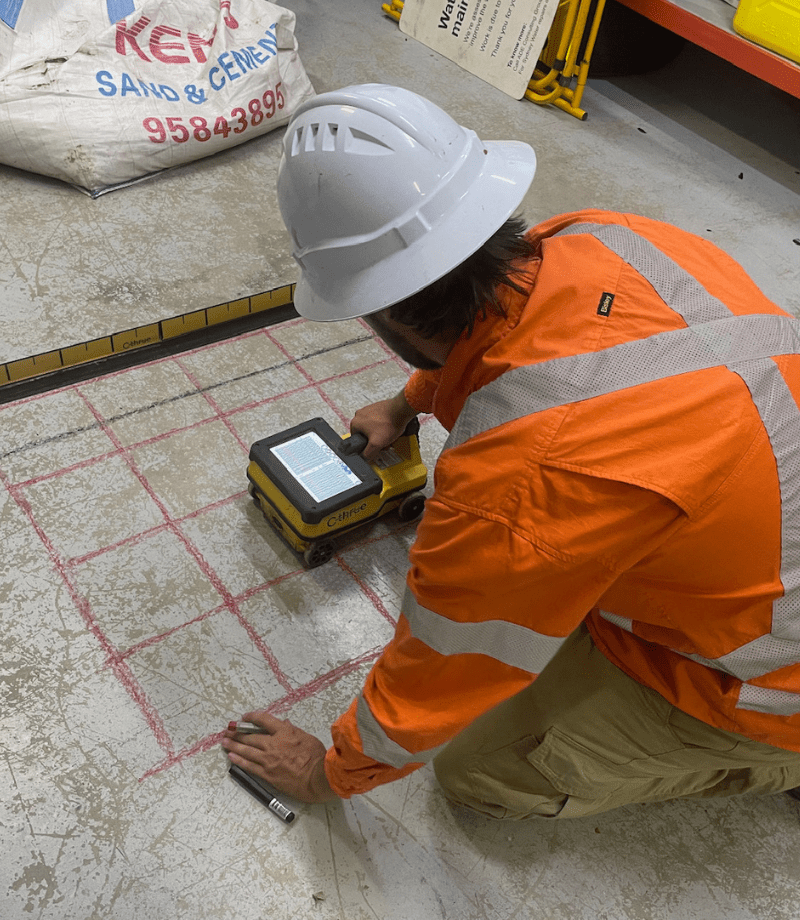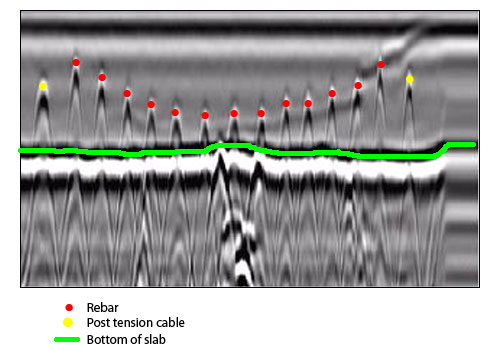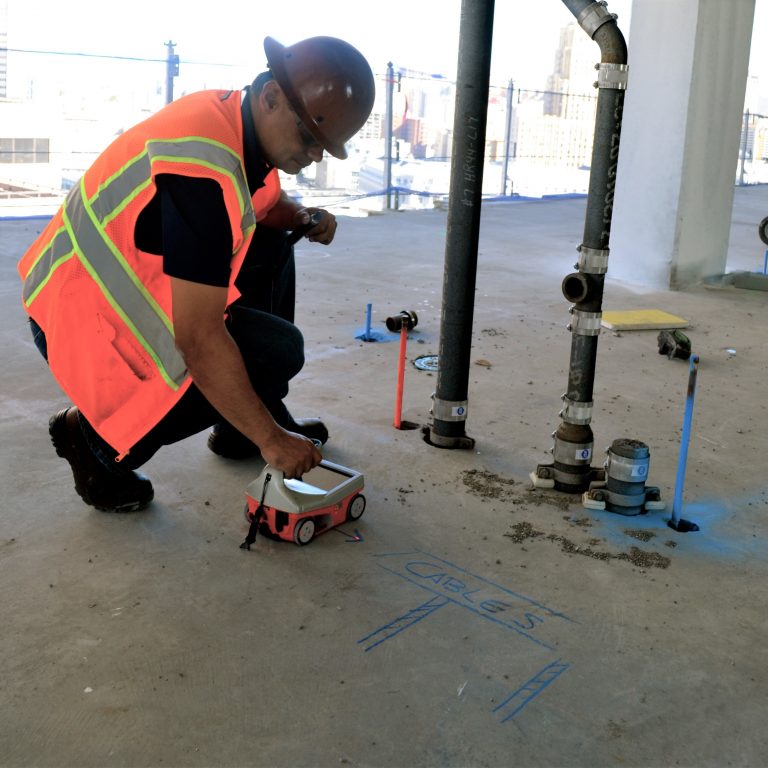Selecting the Right Concrete Scanning Tools
Selecting the Right Concrete Scanning Tools
Blog Article
Reveal the Transformative Power of Concrete Scanning in Maximizing Effectiveness and Safety And Security
Concrete scanning has emerged as a critical device in the building industry, providing unmatched benefits in improving task efficiency and making certain safety and security criteria. The transformative power of concrete scanning lies in its capability to give thorough understandings and real-time data, transforming just how projects are intended and performed.
Significance of Concrete Scanning
Ensuring the structural honesty and safety and security of building tasks starts with the important action of performing comprehensive concrete scanning. Concrete scanning is a non-destructive approach utilized to spot and map subsurface elements within concrete frameworks. This process is important in recognizing potential threats, such as rebar, post-tension cables, and conduits, that might be hidden within the concrete. By making use of sophisticated technologies like ground-penetrating radar (GPR) and electromagnetic induction, building and construction teams can accurately situate these components without triggering any kind of damage to the framework.
The significance of concrete scanning can not be overemphasized, as it plays a vital duty in preventing accidents, minimizing project delays, and guaranteeing the long-term sturdiness of the construction. By identifying potential threats before the building stage starts, builders can apply appropriate security steps and make notified decisions pertaining to the design and implementation of the task. Furthermore, concrete scanning aids in enhancing job timelines and budget plan by avoiding unforeseen expenses and hold-ups that may arise due to unexpected obstructions within the concrete. Eventually, buying complete concrete scanning is an aggressive method that boosts both effectiveness and safety and security in building projects.
How Concrete Scanning Functions
Concrete scanning runs as a vital device in building jobs by utilizing sophisticated modern technologies to spot and map subsurface aspects without causing structural damages. Ground Permeating Radar (GPR) and Electromagnetic Induction (EMI) are 2 key techniques made use of in concrete scanning.
During the scanning procedure, the information collected is evaluated in real-time, enabling instant identification of potential risks or obstacles underneath the surface area. This info aids in decision-making, making certain that building activities proceed safely and successfully. Furthermore, 3D imaging software can be utilized to create detailed maps of the subsurface aspects, better enhancing task planning and implementation. By using these advanced innovations, concrete scanning dramatically reduces the danger of pricey damages and injuries on building sites.
Benefits of Concrete Scanning
One of the main benefits of concrete scanning is the ability to discover and find embedded items such as rebar, post-tension cable televisions, and avenues properly. Concrete scanning helps in preparation and making a lot more properly, as it gives specific information about the location and depth of architectural components.

Study: Concrete Scanning Success

In another situation, a construction company used 3D concrete scanning to analyze the condition old concrete frameworks in a historic building. The in-depth scans provided important understandings right into the extent of degeneration and aided prioritize maintenance efforts successfully. By proactively addressing areas of worry recognized via scanning, the company was able to extend the life-span of the framework and guarantee resident security.
These study underscore the transformative power of concrete scanning in improving effectiveness, precision, and security in building and construction projects.
Executing Concrete Scanning in Projects
Applying innovative scanning modern technologies throughout building and construction jobs has come to be significantly important for improving precision and safety. By incorporating concrete scanning into project preparation and execution, building teams can determine possible threats, such as rebar or post-tension cords, concealed within concrete frameworks. This positive method reduces the risk of accidents, delays, and costly rework, inevitably bring about explanation extra reliable job timelines and spending plans.
To apply concrete scanning properly, job managers should team up carefully with experienced scanning experts to determine one of the most suitable scanning strategies for the details job requirements. Involving scanning professionals from the early stages of a project makes it possible for the team to develop detailed scanning plans that resolve key areas of issue and guarantee extensive information collection.
In addition, integrating concrete scanning into normal project workflows can simplify decision-making procedures, as real-time check information offers prompt insights right into the condition of concrete frameworks - Concrete Scanning. This data-driven method promotes notified analytic and makes it possible for teams to make modifications promptly, promoting a society of effectiveness and safety and security throughout the project lifecycle

Conclusion
In final thought, concrete scanning plays an essential duty in enhancing performance and safety and security in building and construction tasks. By utilizing advanced modern technology to spot and map out underlying frameworks within concrete, this process assists to protect against costly errors, make certain architectural honesty, and minimize risks on site. With the capability to reveal concealed elements and provide accurate data, concrete scanning proves to be a beneficial device for maximizing task outcomes and maximizing overall success.
Concrete scanning is a non-destructive method utilized to find and map subsurface components within concrete frameworks. Furthermore, concrete scanning assists in enhancing task timelines and budget by staying clear of unexpected prices and hold-ups that might arise due to unpredicted obstructions within the concrete. One my response notable case study involves a large-scale remodelling job where concrete scanning played an essential role in ensuring task success.In an additional situation, a building business used 3D concrete scanning to evaluate the condition of maturing concrete frameworks in a historic building. By incorporating concrete scanning into project preparation and implementation, building teams can identify potential dangers, such as rebar or post-tension wires, hidden within concrete frameworks.
Report this page